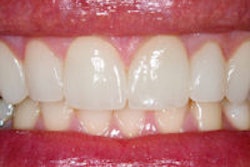American alligators might serve as suitable models to study tooth replacement in human adults, according to a new study in Proceedings of the National Academy of Sciences (May 13, 2013).
To uncover molecular mechanisms of tooth renewal, Cheng-Ming Chuong, MD, PhD, from the University of Southern California and an international team of colleagues studied repetitive tooth formation in American alligators. Because alligators have well-organized teeth with morphological traits similar to those of mammalian teeth -- such as secondary palates and implantation in sockets of the dental bones -- and are capable of lifelong tooth renewal, the authors reasoned that the long-lived reptiles, which can replace each of their 80 teeth up to 50 times, might serve as models for mammalian tooth replacement.
Through a combination of histological, molecular, and imaging techniques, the researchers found that each alligator tooth is a complex unit of three components in different developmental stages that are structured to facilitate replacement once they are dislodged.
They found that at an early tooth development stage, the alligator dental lamina forms a bulge at its distal tip that houses putative, quiescent stem cells. Molecular analysis revealed that the initiation of the tooth cycle corresponds with the dynamic expression of an array of signaling molecules implicated in tooth development.
According to the authors, the findings might aid efforts to trigger tooth renewal in human adults who have lost teeth or to curb uncontrolled tooth development in people with supernumerary teeth.



















